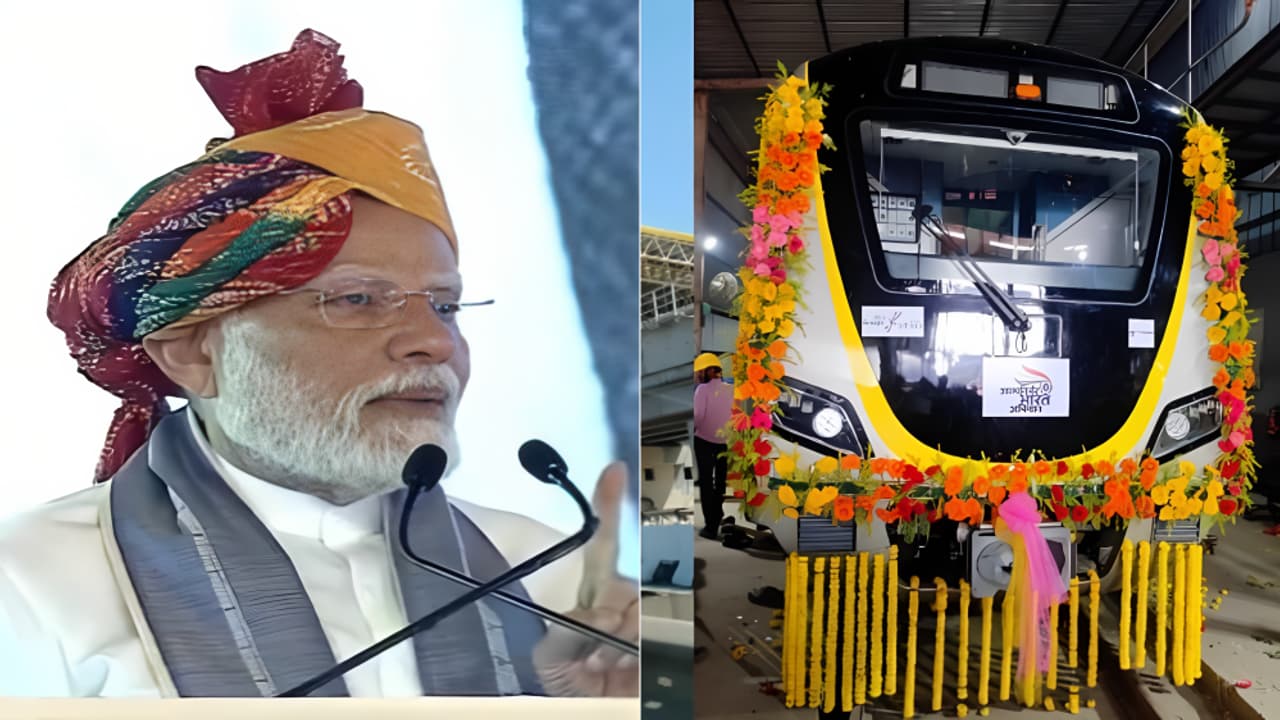PM Narendra Modi will visit Karnataka on August 10 to inaugurate Bengaluru Metro Yellow Line, lay the foundation for Phase-3, and flag off three Vande Bharat Express trains, boosting urban connectivity and regional travel across India.
Prime Minister Narendra Modi will visit Karnataka on Sunday, August 10, to launch major transport projects in Bengaluru. He will inaugurate the Yellow Line of the city’s metro network and flag off three Vande Bharat Express trains. The Yellow Line of Bengaluru Metro runs from RV Road (Ragigudda) to Bommasandra. It is 19.15 km long and has 16 stations. The project cost is about Rs 5,056 crore. This new line is part of Metro Phase-2 and will connect important residential, industrial, and commercial areas. With this addition, Bengaluru’s operational metro network will grow to more than 96 km, making travel easier for thousands of daily commuters.
Foundation stone for Metro Phase-3 and 3 new Vande Bharat Express trains
The Prime Minister will also lay the foundation stone for Bengaluru Metro Phase-3. This project is more than 44 km long, has 31 elevated stations, and will cost around Rs 15,611 crore. Once complete, it will further improve transport in the city. PM Modi will flag off three Vande Bharat Express trains from Bengaluru. The new trains will cut travel time, improve comfort and strengthen regional connectivity. These are:
- Bengaluru to Belagavi
- Amritsar to Shri Mata Vaishno Devi Katra
- Nagpur (Ajni) to Pune
Metro expansion and growth in India
Bengaluru’s ‘Namma Metro’ is currently the second-longest metro network in India, serving over eight lakh commuters every day. The city’s network will expand further with the inauguration of the 19.15 km Yellow Line from RV Road to Bommasandra, adding 16 stations. Nationwide, India ranks third globally in terms of operational metro network length, with systems serving around one crore passengers daily. With ongoing projects like Bengaluru Metro’s Phase-3 and similar expansions in other cities, the country is expected to soon overtake its current position to become the world’s second-largest metro network, significantly improving urban mobility and reducing travel time across major cities.
